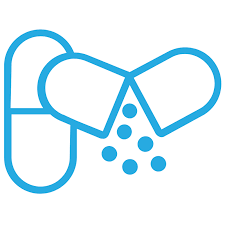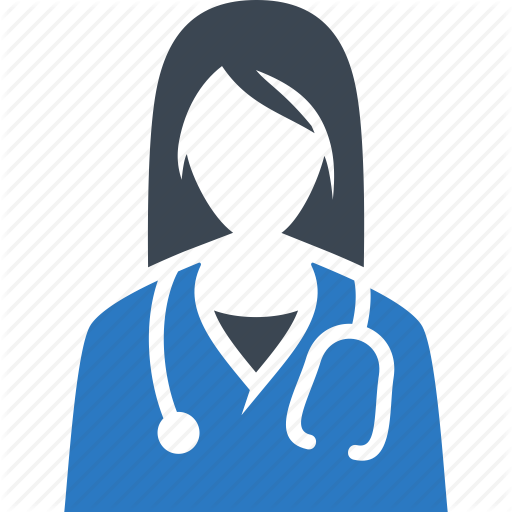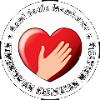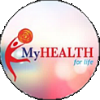- Indication
-

-
Mechanism of action
-

- Side Effects
-

- Precautions
-

Read this leaflet carefully before taking your medicine. Ask your pharmacist or doctor if you have any further questions about your medicine.
1. Generic Name or Active Ingredient:
Silver sulphadiazine 1% (SSD)
Available as creams for prevention and treatment of infection in second & third-degree burn
wounds.
3. How it works :
It kills the bacteria by destroying the bacterial cell walls and membranes.
4. Do Not Use This Medicine If :
· You are allergic to silver sulphadiazine or sulphomanides.
· The patient is a newborn child (less than 2 months old).
5. Before You Start To Use It :
· Inform the doctor or pharmacist if you have G6PD deficiency, and kidney or liver problems.
· Inform your pharmacist or doctor if you have any other drug allergies.
· Inform your pharmacist or doctor if you are or plan to get pregnant, or are breastfeeding.
· Consult a doctor before using this medicine in children aged 2 months and above.
6. Taking With Other Medication :
Inform your doctor or pharmacist if you are taking any other medication, supplements, vitamins or
herbal preparations, as some medicines can interfere with each other.It should not be taken with a
topical proteolytic.
7. How to use this medicine :
Follow the directions on your medication label carefully, and ask your pharmacist to explain any
part you do not understand.
i. Wash your hands thoroughly before and after using this cream.
ii. Before applying the cream, gently clean off any dead skin or scabs from the burn wound.
iii. Spread a very thin layer (1-2mm thick) over the wound. You may then cover the wound
with a bandage, though this is usually not necessary.
iv. Keep the wound area clean at all times.
b) When to use
· Once or twice daily, or more frequently on areas where it is easily washed off.
c) How long to use
· Until the wound is completely healed.
d) If you forget to use it
Use it as soon as you can. If it is almost time for your next dose, wait until then to take the
medicine.Do not double the dose.
8. While Using This Medicine :
· Bathe daily to increase debridement
· Burned areas should be covered with the cream at all times.
· Inform your doctor or pharmacist if you are taking any other medication at the same time, or if
you develop any allergic reactions.
· If the burn wound does not heal or if it becomes worse, consult your doctor.
· Do not apply the cream in or around your eyes, mouth or nose.
· Do not share your medication with anyone else.
9. Side effects :
All medicines may have some unwanted side effects. Sometimes they are serious, but most of the
time they are not. Tell your pharmacist or doctor if you have any side effects which are severe or
persistant.
· Allergic reactions including burning
· Itching
· Rashes
· Skin discoloration
- Store at room temperature and in a dry place
- Keep away from direct sunlight
- Keep out of reach of children
- Do not use after the expiry date has passed
- Return any unused or expired medication to the nearest pharmacy.
1. Micromedex Healthcare Series 2.0
2. Lexicomp’s Drug Information Handbook 19th edition
3. Malaysian Index of Medical Specialities 2011
4. British National Formulary Vol.60
==Self Medication Guide For Common Illnesses
Read this leaflet carefully before taking your medicine. Ask your pharmacist or doctor if you have any further questions about your medicine.
Antazoline phosphate 0.5%, Naphazoline HCl 0.05% eye drop
2. Uses:
Available as eye drops to relieve redness, burning, irritation, and dryness of the eye caused by wind, sun, and other minor irritants.
It is a symphatomimetic agent which reduces swelling, produces constriction of the conjunctiva to decrease congestion, and prevents allergic reactions by causing the release of various chemicals.
- You are allergic to antazoline and/or naphazoline.
· You suffer from other eye problems (narrow-angle glaucoma), high blood pressure, diabetes, thyroid disorder, heart disease, or asthma.
· You are wearing soft contact lenses.
· You are pregnant.
· The patient is an infant or child aged less than 12 years old.
5. Before You Start To Apply This Medicine:
- Inform your pharmacist or doctor if you are allergic to any other medications.
· Inform your pharmacist or doctor if you plan to get pregnant, or are breastfeeding.
6. Using With Other Medication:
Inform your doctor or pharmacist if you are taking any other medication, vitamins, herbal preparations or supplements as they may interfere with this medicine.
7. How To Use This Medicine:
Follow the directions on your medication label carefully, and ask your pharmacist to explain any part you do not understand. (hyperlink DIS)
a) How to apply
i. If you wear hard contact lenses, remove them before using this medicine. Leave them out for at least 30 minutes after applying drops.
ii. Wash your hands with soap and water before and after using this medicine.
iii. Shake the container and remove the outer cap.
iv. Hold the container upside down in one hand between your thumb and forefinger.
v. Using your other hand, gently pull down your lower eyelid to form a pouch/pocket.
vi. Tilt your head back and look up.
vii. Put the tip of the container close to your lower eyelid. Do not let it touch your eye.
viii. Drop the correct number of drops into the pocket made between your lower eye lid and eye ball.
ix. Close your eye for about a minute. Do not blink or rub your eye.
b) When to apply
· 2 to 3 times daily, or as directed by your pharmacist or doctor.
c) How long to apply
· Up to 14 days or as directed by your pharmacist or doctor. Prolonged use may cause irritation of the conjunctiva.
d) If you forget to apply it
Apply it as soon as you remember. If it is almost time for your next dose, wait until then to apply the medicine. Do not double the dose.
8. While Applying This Medicine:
a) Things you should do:
· Inform your pharmacist or doctor if you develop eye irritation, redness, or swelling after using this medicine.
· Consult your doctor if there is no relief within 48 hours of starting to use this medication.
b) Things you must NOT do:
· Do not share your medication with anyone else.
· Do not touch the dropper tip or let it touch your eye or any other surface.
· Do not wear soft contact lenses while using this medicine.
In case of overdose, seek immediate medical attention.
All medicines may have some unwanted side effects. Sometimes they are serious, but most of the time they are not. Tell your doctor or pharmacist if you have any side effects which are severe or persistant.
· Eye pain or changes in vision.
· Continued redness and irritation.
· Fast or irregular heartbeat.
· Large pupils.
· Burning in eyes, red, swollen, or watery eyes.
· Weakness or headache.
10. Storage and disposal:
- Do not use longer than 4 weeks after the bottle has been opened.
- Store at room temperature and in a dry place.
- Keep away from direct sunlight.
- Keep out of reach of children.
- Do not use unopened bottles after the expiry date has passed.
- Return any unused or expired medication to the nearest pharmacy.
1. Holly Cronau, Ramana Reddy Kankala, Thomas Mauger. Diagnosis and Management of Red Eye in Primary Care.
2. Micromedex Healthcare Series 2.0
3. Lexicomp’s Drug Information Handbook 19th edition
4. Malaysian Index of Medical Specialities 2011
5. British National Formulary Vol. 60






 DUTA KENALI UBAT ANDA
DUTA KENALI UBAT ANDA KENALI.UBAT.ANDA@MOH.GOV.MY
KENALI.UBAT.ANDA@MOH.GOV.MY




